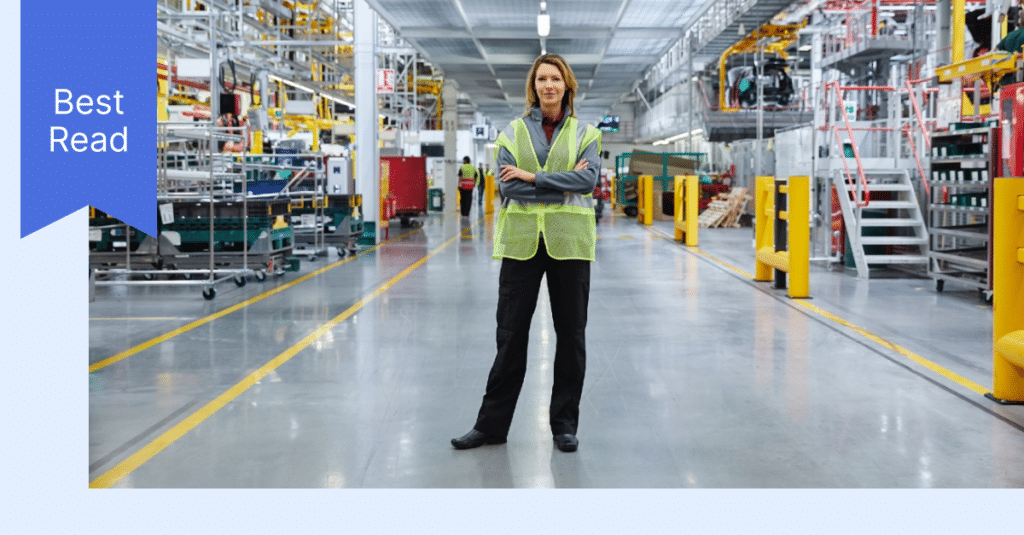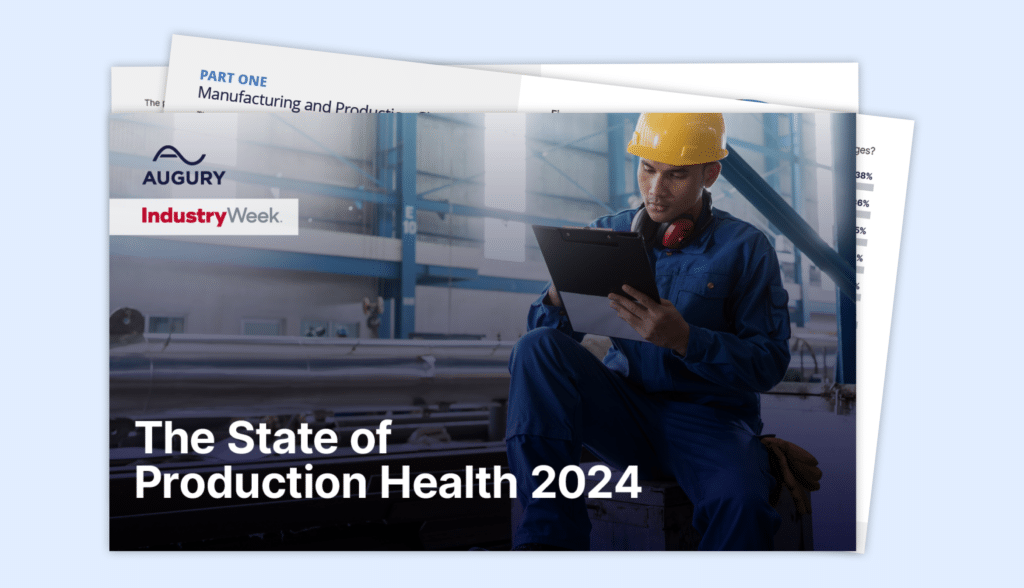There’s an abundance of people in the world, and that requires an abundance of resources. Approximately 8 billion people need to eat, drink, wear clothing, and live in homes. And more people are interested in cars, computers, toys, and other goods that require production and manufacturing. This demand will only grow with time, and unfortunately, that means more pollution as well.
This article first appeared in Global Trade.
Carbon dioxide emissions released by fossil fuel combustion and industrial processes rose by roughly 35% globally between 2000 and 2020. As climate change’s impact continues to unfold, governments, communities, and concerned citizens worldwide will likely expect meaningful change from businesses in every sector, especially manufacturing.
Sustainable manufacturing means creating goods in a way that minimizes the environmental impact, including the use of energy and natural resources. If we don’t take actionable steps to create sustainable manufacturing companies, the problem will only worsen. Thankfully, the technology of today is ready to combat tomorrow’s increased consumption. Through predictive maintenance tools and prioritizing both machine health and process health, manufacturers can journey forward to sustainability in manufacturing.
Obstacles to Sustainable Manufacturing
Much of the problem for manufacturing leadership lies in thin profit margins. A recent study found the average manufacturer loses 12-15% on energy consumption due to inefficient machinery.
This waste compounds the obvious pollution problem. When calculating how much CO2 is produced to manufacture beverages, for example, we need to account for not just the completed production, but also the defective products. The most sustainable option would be to close up shop — but that’s obviously not an option. People rely on manufactured goods, which means manufacturers need to fight the uphill battle to create more sustainable manufacturing.
You must invest in multiple areas — equipment, knowledge, and training, among others — to improve sustainability. That leaves manufacturers stuck between a rock and a hard place. On the one hand, it’s expensive to upgrade to sustainable manufacturing, but on the other, manufacturers can’t remain ethical and competitive otherwise.
The reality is that we need this industry. That’s why agencies like the EPA are focused on helping manufacturers do their part in rebuilding a strong, sustainable infrastructure post-pandemic. But how are sustainable manufacturing companies staying profitable?
Achieving Sustainability in Manufacturing While Making a Profit
Manufacturing involves a lot of complicated machinery that needs to be perfectly calibrated to perform simple commands in a production line. This allows them to achieve complex, dynamic things at a scale limited only by human effort. Of course, this is where artificial intelligence is really changing the game — evolving data insights past human limitations.
The right AI, when built specifically for manufacturing, can provide both a bird’s-eye view of the production lines and a deep dive into its inner workings. Done properly, this AI can act as a decision-making tool that looks at all your processes and constantly learn how to improve them. By applying purpose-built AI to production lines, manufacturers gain access to thousands of complex calculations every minute.
And with the right algorithms to help digest it all, manufacturers gain powerful insights into important operational questions: When are machines most likely to fail? Which parts are most critical to the machine? What’s the optimal way to run the production line? Having these answers makes the entire production line more efficient while also improving production health and safety. By adopting AI solutions for manufacturing, you gain a cheat code to resolve all the problems that are too complex for manufacturing teams to handle, no matter how much experience is under their belt.
Not only does AI aid in design for sustainable manufacturing, but it can proactively monitor machines to enable predictive maintenance. Machine health can be continuously monitored through a series of sensors that provide real-time insights into how each cog in the machine is performing, and process health allows you to optimize quality, yield, waste, and every other manufacturing metric while minimizing downtime. As factories optimize, the amount of waste (and pollution) will naturally decrease.
With AI in place, production health becomes achievable. As machines run better, profit margins grow, allowing for scalable investment in sustainability. And there are three steps that can make it happen now.
1) Evolve Past Traditional Mindsets
Imagine you’re given an impossible task, such as being both sustainable and profitable without using AI. Often, the solution is to ignore sustainability, as it’s a long-term issue with delayed consequences. Over time, the problem never goes away; it only continues to become an obstacle for the business.
Burying our heads in the sand isn’t running a business; it’s an avoidance tactic. Our mindset must evolve alongside technology. AI-enabled machine health and process health always find the perfect balance between sustainability and profitability. While this scale is a moving target, these AI insights mean there’s no need to compromise.
2) Create Change Management Processes
Once manufacturing executives open their eyes to what’s possible, they need to plan a roadmap for the next 20 years. The next generation of your team will work in completely different ways; change is the only guarantee in business. This means every manufacturer needs a solid, well-documented change management process.
AI insights work faster than we can, which means changes can come at an incredibly fast pace. This can be overwhelming for a team, so make sure everyone feels prepared. A solid change management process will help the team adapt more quickly, meaning less time is spent getting the team on board and more time focusing on real innovations.
3) Leverage Existing Tools
Production changes are inevitable, and AI can also help in this transition. A solid platform can track assets to optimize resources. It’s not uncommon for things to get overlooked as a company expands, and some companies may not be aware of all the tools they have available, leading to costly repeats.
Sustainability in manufacturing isn’t a new concept, and the right software solutions can optimize any equipment still in use. We often talk about AI and machine learning as the future, but the reality is that it’s already on the market and in use. Not only that, but it’s much more sophisticated than it was a decade ago.
This means the transition to sustainable manufacturing is best addressed sooner rather than later. European regulations are already tightening, and it’s only a matter of time before the United States follows suit. In fact, regulations throughout the world are quickly changing in the pandemic’s wake, and CO2 emissions are always at the top of legislative lists.
Starting (or continuing) the transition to sustainability in manufacturing may be the most important thing you do today.
To learn more about how Augury is meeting today’s challenges, reach out! Meanwhile, you can also read more about sustainability and ESG here.




